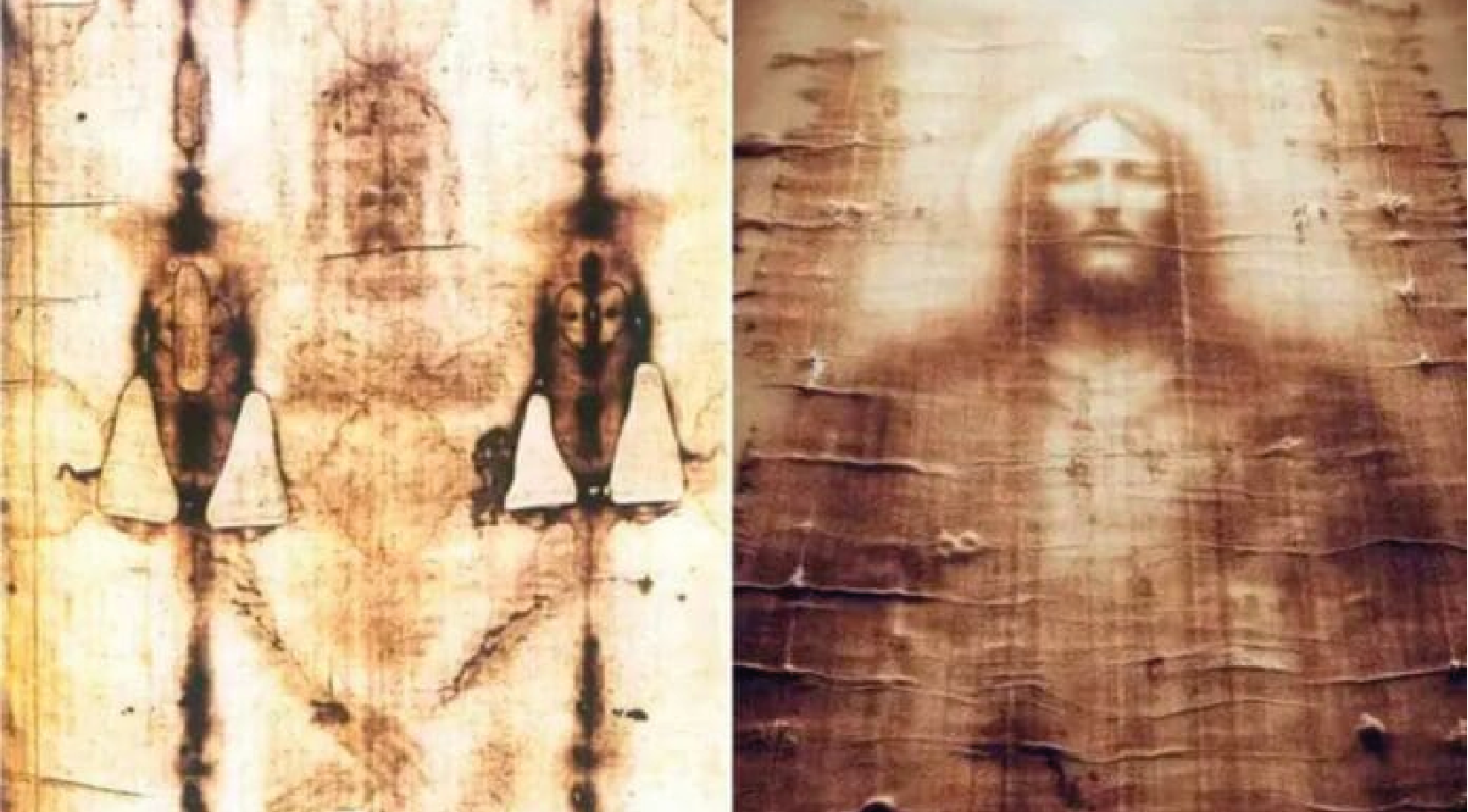(ZENIT News / Madrid, 08.28.2024).- In a groundbreaking development for the Shroud of Turin, artificial intelligence has unveiled a striking digital reconstruction: a man with wide-open eyes, staring intensely, bearing scars reminiscent of those described in Christ’s Passion. This advanced AI-generated image adds a new layer to the ongoing quest to unravel the mysteries of the revered cloth that is believed to have wrapped Jesus’ body after the Crucifixion.
Recent technological advancements have reignited interest in the Shroud, a subject of fascination since the 19th century. Initially thought to depict burn marks, the Shroud’s image is now interpreted as the imprint of a scourged and crucified man, standing approximately 1.8 meters tall. This figure appears to align with Gospel accounts of Jesus, featuring a crown of thorns, scourging wounds, and shoulder lacerations.
Italian scientist Liberato de Caro has employed wide-angle X-ray dispersion techniques to scrutinize the Shroud’s fabric. This method, which assesses the natural aging of the linen’s cellulose, has led De Caro’s team to compare it with a sample from the Masada siege, dated between 55 and 74 AD. The findings suggest the Shroud could be approximately 2,000 years old and originate from the Middle East.
De Caro has challenged previous carbon-14 dating results, citing potential contamination and errors during the sample cleaning process as possible sources of inaccuracies. His team’s discovery of Middle Eastern pollen grains embedded in the linen further supports the theory of the Shroud’s authenticity and regional origin.
Contrary to earlier associations with fabrics from the 13th and 14th centuries, De Caro’s X-ray technique does not damage the Shroud, allowing for independent verification of these new results. Modern technology continues to open doors to deeper understanding, as the debate over the Shroud’s true history remains active within both scientific and religious communities.
Thank you for reading our content. If you would like to receive ZENIT’s daily e-mail news, you can subscribe for free through this link.



